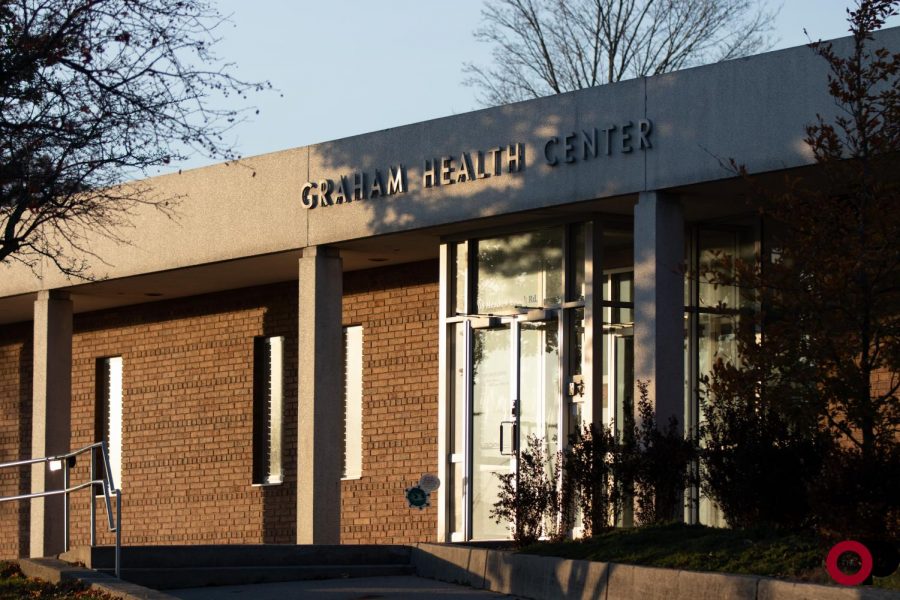Graham Health Center offers testing to support a healthy return to campus
Returning to campus this fall has a few more challenges than Oakland University is used to facing. In response, the Graham Health Center (GHC) has been expanding their services to help monitor any instances of COVID-19 on campus and keep the OU community healthy.
The GHC has been closely tracking any reports of positive cases both on and off campus that affect OU, screening anyone that comes on campus for symptoms and is now offering antibody and COVID-19 testing for any students showing symptoms.
According to GHC Director Nancy Jansen ANP-BC, looking at the greater Oakland County community has been instrumental in predicting what the cases on campus may look like.
“You have to remember that OU is not an island — it doesn’t have a moat around it — so people are constantly on and off campus,” Jansen said.
In order to combat this, Jansen and the GHC have been working closely with the Oakland County Health Department (OCHD). The two have a connection through epidemiologist Kayleigh Blaney, who works for the OCHD and is a special lecturer for the nursing school. Blaney explained how the OCHD is helping track cases and do contact tracing for anyone connected to OU who tests positive.
“So if there is a case, we would investigate that case,” Blaney said. “We would figure out if they were on campus, where they were on campus, what classrooms and individuals might be affected.”
Jansen is confident that cases will remain low if students, faculty and staff can all buy into the idea of using preventative measures, like wearing masks and social distancing.
“I don’t think we will have a significant problem on campus [if we’re careful],” Jansen said. “Of course someone can be infected, but if someone is infected with COVID[-19], and they go to class, and everybody is six feet away and everybody has a face covering, the chance of spread is very very very low. That’s the key issue, is everybody committing to doing this all the time, not only in the classroom, but then when they leave campus always wear a mask.”
While there have been talks of vaccines being invented around the world, and when one is approved for general usage, Jansen hopes to get it as soon as possible for students — should they want it. While that may not be for some time, Jansen highly suggests students get their flu shots this year, so it’ll be easier to navigate COVID-19 when the fall flu season hits.
“We’re really gearing up to provide a lot of vaccinations for flu this year because the thing about flu and COVID[-19] is they have very similar symptoms — fever cough, maybe sore throat,” Jansen said. “So it’s hard to determine if somebody has the flu, or COVID[-19], so it’s really important for everyone to get the flu shot so they don’t become ill and have to be worried they have COVID[-19].”
Similar to the flu shot, the BioButton is another preventative measure that OU has taken to monitor COVID-19 on campus, but it was made optional after students posed privacy concerns. While the button will not share information it collects with anyone outside of the wearer, it being an option returns back to the question of personal responsibility for preventing the spread of the virus.
“Individuals really need to be taking it upon themselves. If you’re sick, don’t go anywhere — get tested,” Blaney said. “Obviously we don’t have any control over people who are asymptomatic … but how things are happening and how things progress and our success of going back to school is going to be determined by if people who are sick are willing to stay home or go get tested, and when people do become cases, actually giving us accurate information about where they’ve been, and who they’ve been around.”
If someone isn’t feeling well, the GHC suggests contacting them to get tested and provide accurate answers to screening and contact tracing questions to limit the spread.







